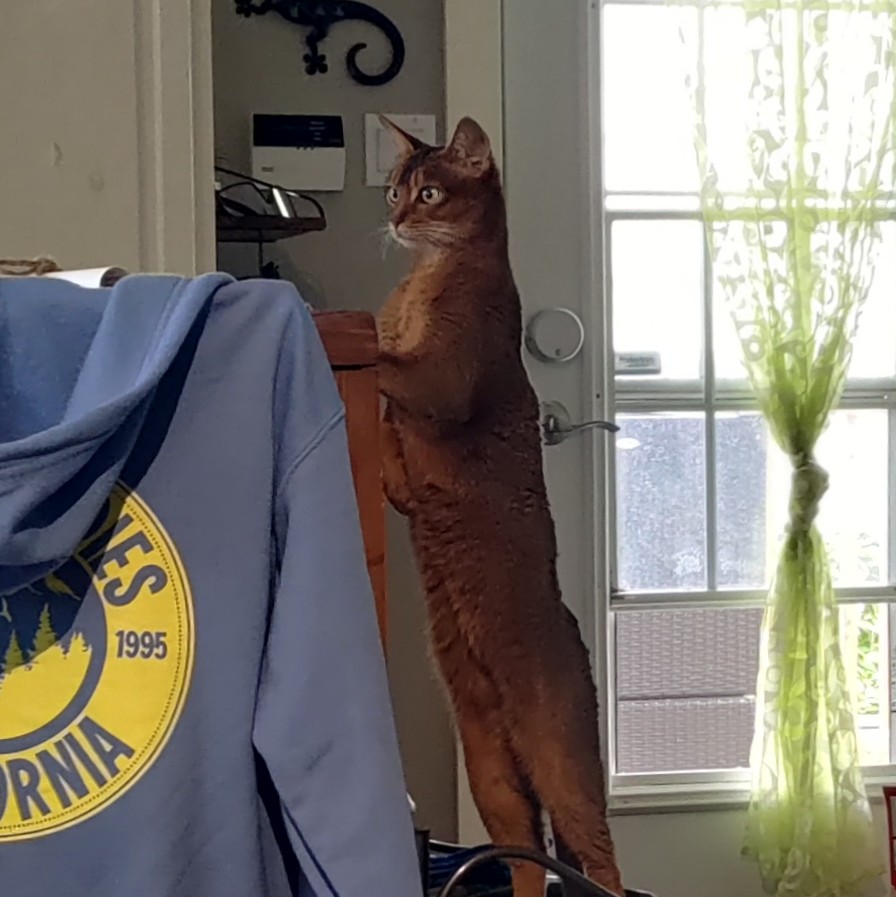Their presence underscores the dramatic return of a bird nearly pushed to extinction and of the improving health of Toronto’s sprawling green spaces and waterways.
Bald eagles, a bird perhaps more associated with the imagery of North America than any other fauna, are a rare ecological success story.
Once common throughout the continent – including in the area that became the city of Toronto – the bird was soon seen as a pest for settlers and farmers. Local authorities encouraged the widespread slaughter of the raptors, promising bounties in exchange for carcasses.
And although policies were later changed and protections were introduced, eagle populations continued to dwindle, especially in urban areas.
Richest bald eagles on the planet, those nests with that view easily north of 10Million
It’s not a great sign for the upcoming US election that even the bald eagles are preemptively moving to Canada.
They’ve been happily living in British Columbia all along.
If I’m recalling correctly, there was one statistic in the 1970s along the lines that there were more bald eagles living in Vancouver’s Stanley Park than in the lower 48 US states.
No effort at all to see their nests from the outdoor theatre at Malkin Bowl.
https://stanleyparkecology.ca/2018/02/28/eagles-nesting-stanley-park/
It’s amazing how much the bald eagle population recovered. As a child and then an adult growing up in SW Ontario, I never even saw a bald eagle. It wasn’t until I was in my 30s, and after we moved out west that I saw my first one, in 2013. I saw two that year. Then two or three the next year. Then even more the year after, and got nice and close to a juvenile on a golf course at our company tournament.
Fast forward to today, and I know of about 5 nests in the the park near our house, and I always see at least one when I’m near that area. I go for bike rides in the summer evenings, and it’s rare that I don’t see at least one near the river.
Even back home, there’s two nesting down at the river in the field behind my parents house. I saw the mother of all bald eagles on a drive near my parents place last year too. It’s crazy (and super awesome) how that’s changed over even the last decade.
This is the best summary I could come up with:
By the early 1960s, there were only a few hundred breeding pair left on the continent, said Michael Drescher, an environmental planning and conservation expert at the University of Waterloo.
The unlikely success of the bald eagle recovery in many ways mirrors the billion-dollar effort to restore the green spaces and wetlands threading Toronto.
But the arrival of eagles to the city reflects a deepening level of ecological recovery – one that suggests the thrumming heart of Canada’s largest metropolis isn’t just a suitable home for hardened, urban wildlife like squirrels, coyotes and raccoons.
The eagles were first spotted in recent months displaying mating behaviour high above the city, locking talons and tumbling through the air, before releasing close to the ground.
In early February, a handful of residents spotted their nest – roughly the size of a queen mattress – among the leafless tree branches and reported it to the TRCA.
But however long they last in the city, the pair also suggest a tangible result to the slow and costly efforts to clean up the polluted rivers, trash-strewn forests and lifeless old industrial sites.
The original article contains 940 words, the summary contains 186 words. Saved 80%. I’m a bot and I’m open source!
Do bald eagles eat raccoons? I heard this food source is plentiful in Toronto!
If it’s dead, yes. They eat mostly fish, but also carrion.
Don’t mind us Canada, just keeping an eye on things.





